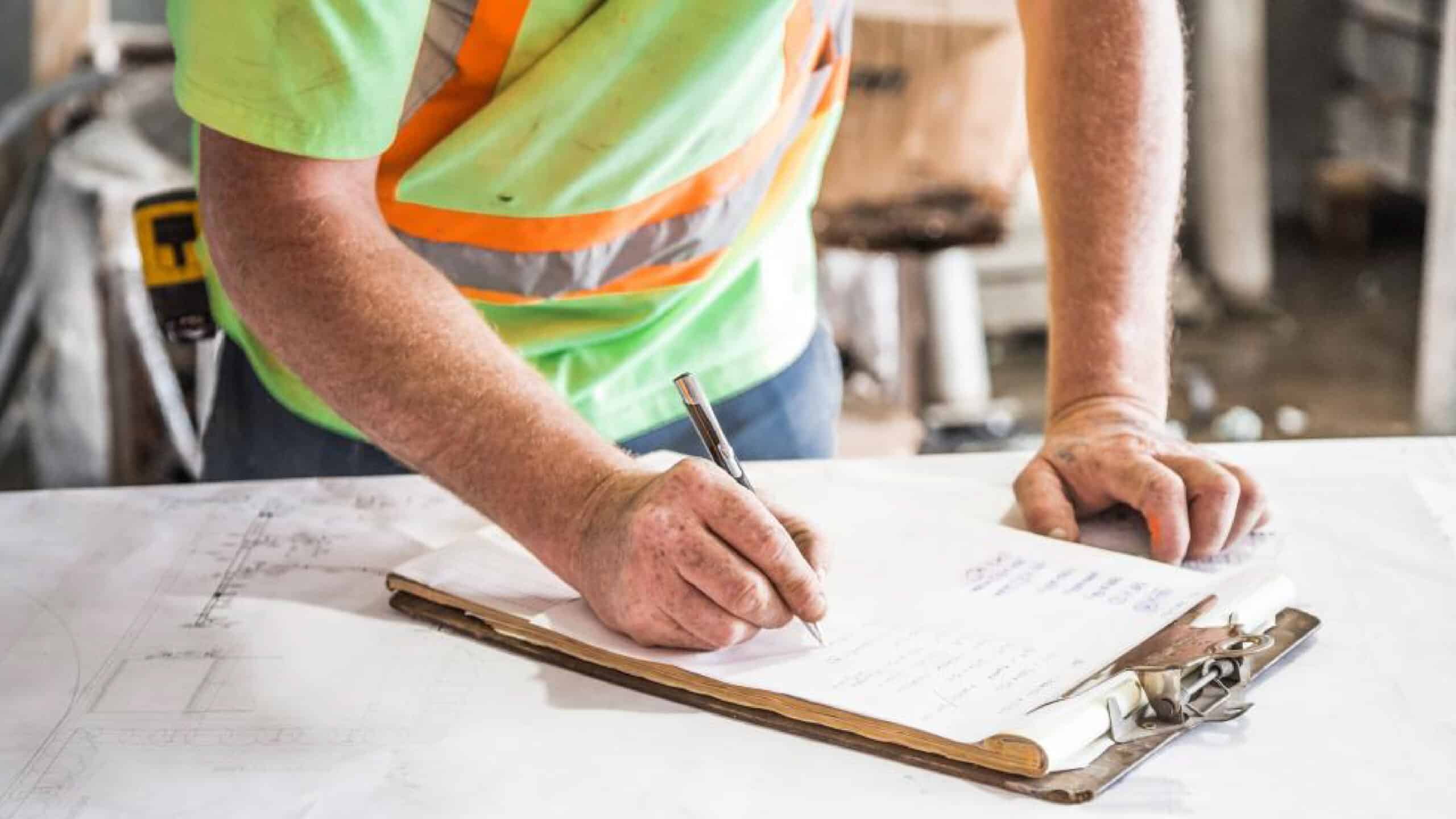
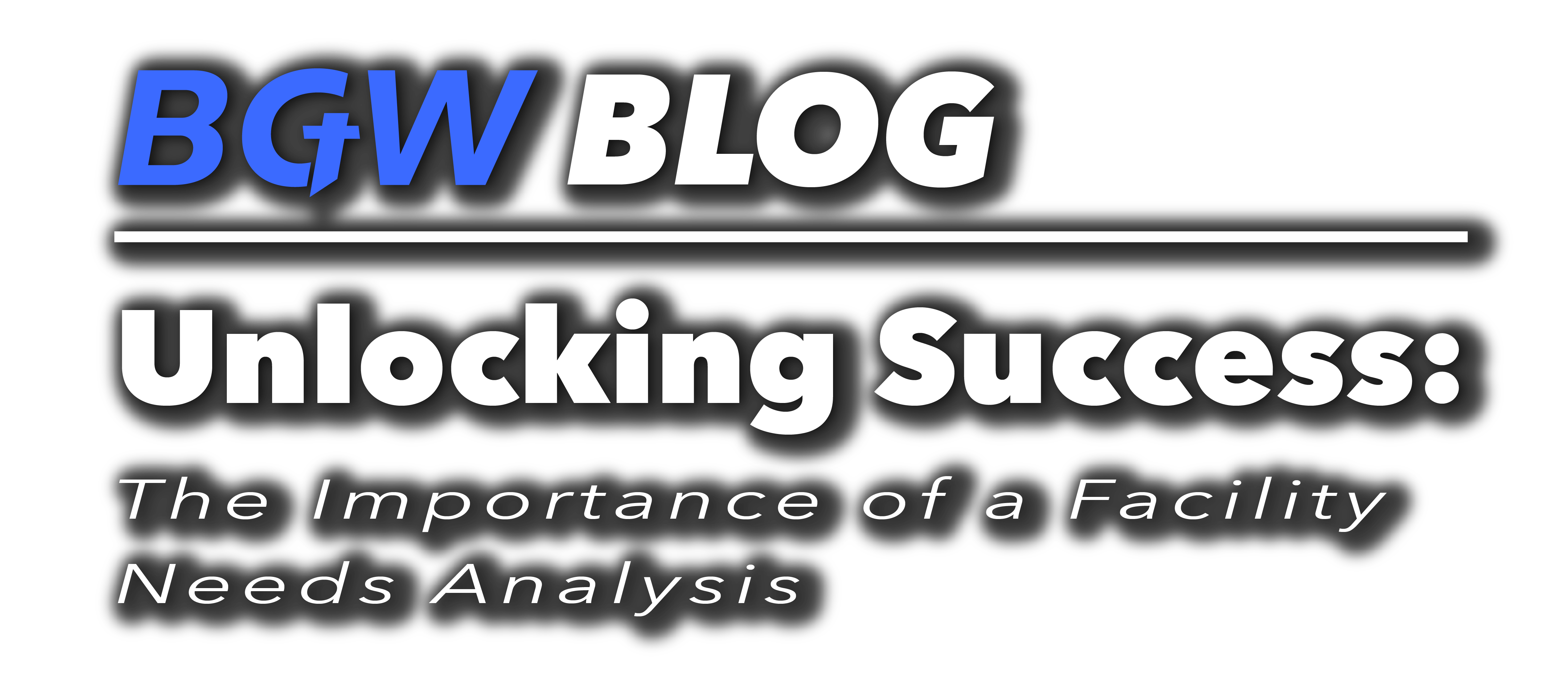
For K-12 schools, creating an optimal learning environment goes beyond curriculum and teaching methodologies; it extends to the physical space where students spend a significant portion of their formative years. A thorough Facility Needs Analysis is an essential tool in ensuring that schools can meet the evolving demands of education and provide an environment conducive to learning. In this blog post, we will explore the importance of a Facility Needs Analysis in determining the future space requirements of your school.
A Facility Needs Analysis involves a comprehensive examination of a school’s existing facilities, infrastructure, and resources, along with an assessment of current and future educational goals. It aims to identify gaps, deficiencies, and potential areas for improvement in the physical environment of the school. By conducting a systematic analysis, educators, administrators, and stakeholders can gain insights into the adequacy of existing spaces and make informed decisions to enhance the learning experience for students.

Adaptability to Educational Trends: The field of education is dynamic, with constant changes in teaching methods, technology integration, and curriculum design. A Facility Needs Analysis helps schools stay ahead of these changes by assessing the adaptability of their existing spaces. For example, the rise of project-based learning or the need for specialized STEM laboratories may necessitate adjustments in classroom configurations and facilities.
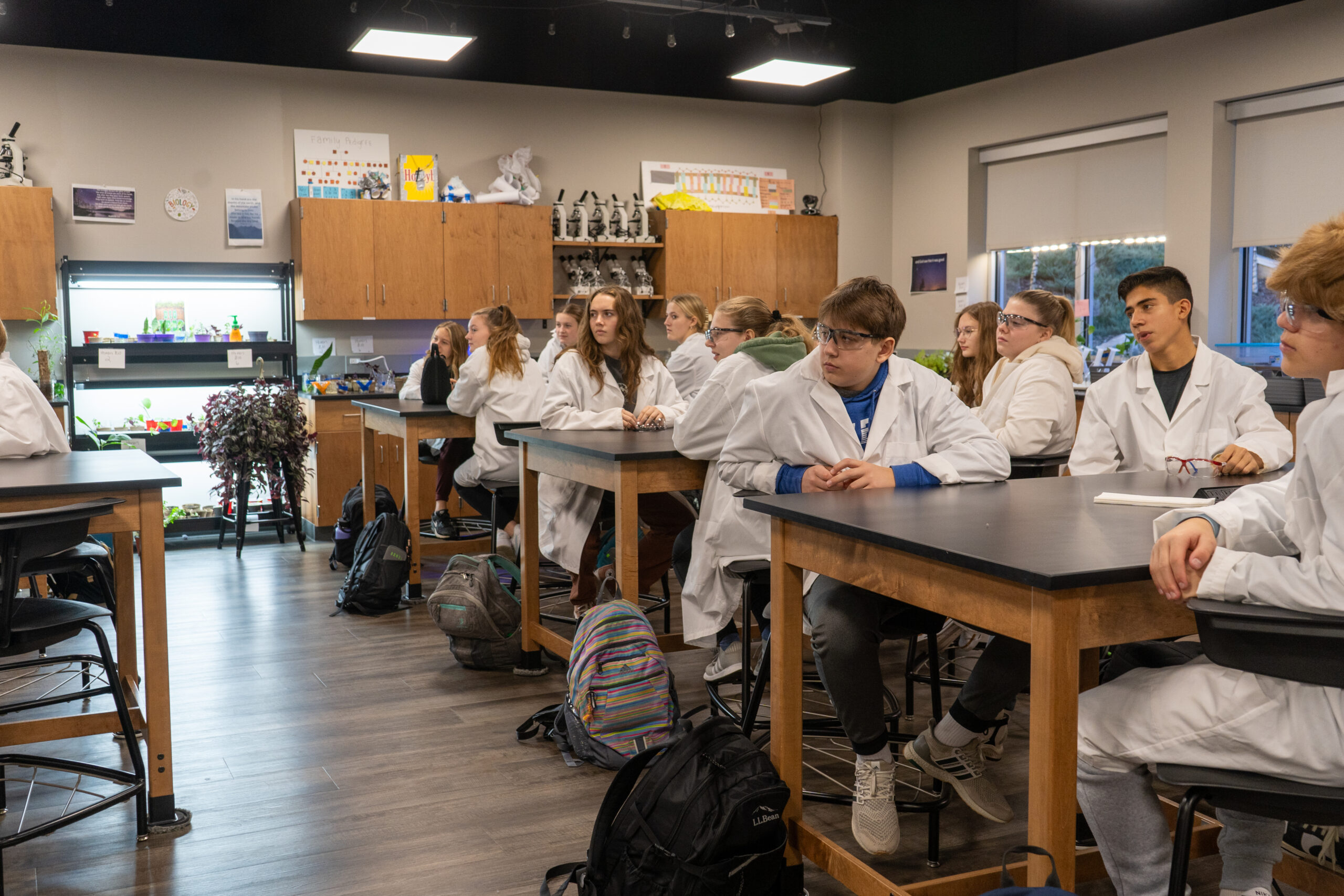
Flexible Learning Spaces: The traditional classroom setup may not always align with modern pedagogical approaches. A Facility Needs Analysis explores the potential for creating flexible learning spaces that can be easily adapted to different teaching styles and activities. This may involve modular furniture, movable partitions, and spaces designed for project-based or experiential learning. Flexibility allows educators to tailor the environment to the specific needs of each lesson or activity.
Student-Centric Learning: Every student is unique, and their learning preferences vary. A Facility Needs Analysis takes into account the diverse needs of students, ensuring that the physical environment supports different learning styles. Spaces for collaborative learning, quiet study, and hands-on activities can be identified and tailored to cater to the individual needs of students.
Safety and Security: In an era where ensuring the safety and security of students is paramount, a Facility Needs Analysis plays a crucial role in identifying areas for improvement. This may involve upgrading security systems, implementing emergency response protocols, and creating secure entry points to protect the school community.
Accommodating Growth: As student enrollment fluctuates, schools must be prepared to accommodate growth or adjust to declining numbers. A Facility Needs Analysis helps in predicting future space requirements based on demographic trends and enrollment projections, allowing schools to plan for expansions or repurpose existing spaces effectively.
Budgetary Planning: School budgets are finite, and wise financial planning is essential. A Facility Needs Analysis assists in prioritizing improvements and renovations based on urgency and importance. This ensures that resources are allocated efficiently to address critical needs while working within budget constraints.
Technology Integration: In the 21st century, technology has become an integral part of the educational landscape. A Facility Needs Analysis allows schools to assess the current state of their technological infrastructure and identify areas that need improvement. This includes evaluating the availability of power outlets, the strength of Wi-Fi signals, and the integration of interactive displays or smart boards in classrooms. The analysis ensures that the school is equipped to facilitate digital learning and adapt to future advancements in educational technology.
Student Accessibility: Every student deserves an accessible learning environment. A Facility Needs Analysis takes into account the accessibility of facilities for students with disabilities. It assesses the need for ramps, elevators, accessible restrooms, and other features that ensure all students can navigate the school environment comfortably. Creating an accessible space not only aligns with educational values but also complies with legal requirements for accommodating students with diverse needs.
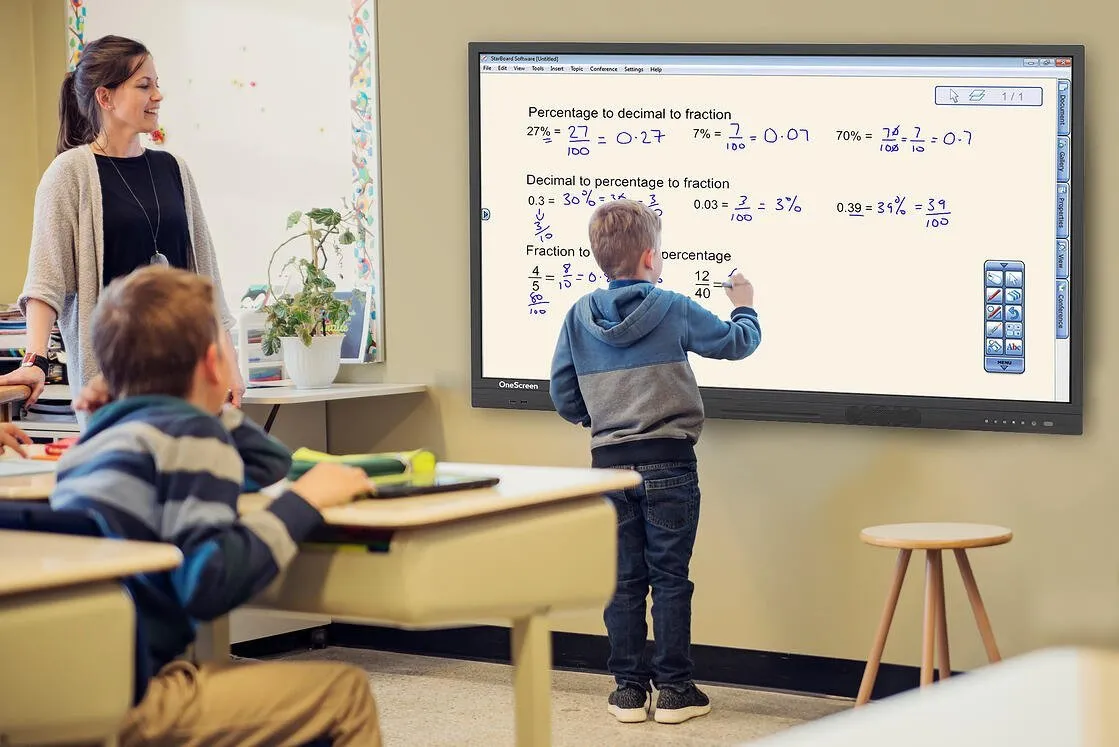
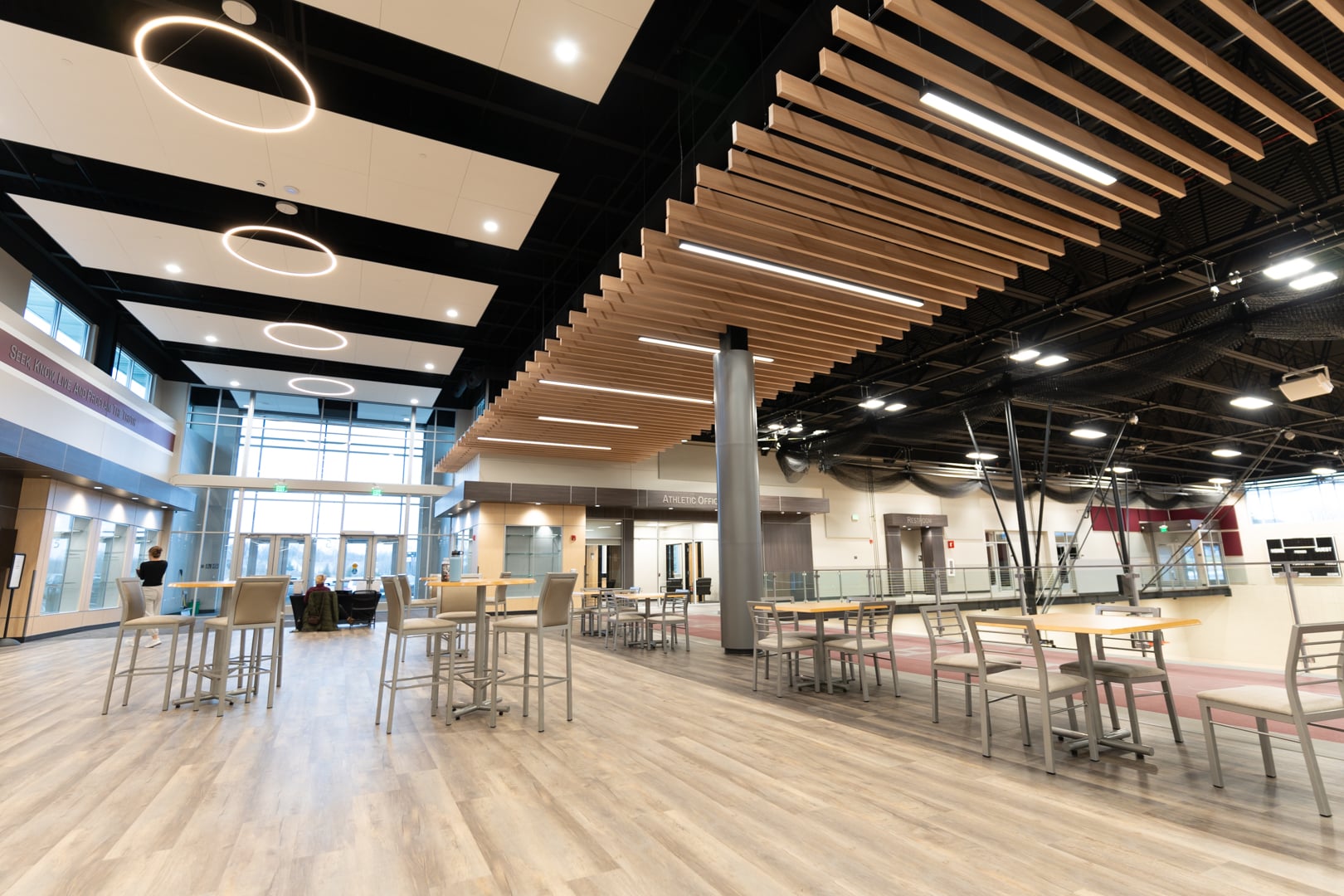
Health and Well-being: The physical environment can significantly impact the health and well-being of students and staff. A Facility Needs Analysis examines factors such as lighting, air quality, and ergonomic design to create spaces that promote physical and mental health. Access to natural light, well-ventilated classrooms, and comfortable seating contribute to a positive atmosphere conducive to learning and well-being.
Future-Proofing Infrastructure: Rapid changes in technology, educational methodologies, and societal needs necessitate future-proofing school infrastructure. A Facility Needs Analysis helps schools anticipate potential changes and plan for infrastructure that can adapt to evolving requirements. This proactive approach ensures that the school remains at the forefront of educational innovation and is prepared for challenges that may arise in the years to come.
A thorough Needs Analysis goes beyond addressing immediate concerns; it lays the foundation for a dynamic, responsive, and forward-thinking educational environment. It can be an indispensable tool for K-12 schools aiming to provide an enriching and future-ready educational experience. By understanding the importance of these key factors, schools can make informed decisions that positively impact the physical environment in which education takes place. Through strategic planning and continuous improvement, schools can create spaces that inspire learning, foster innovation, and empower students to succeed in an ever-evolving world.
Start your free Facility Needs Analysis today!
Leverage the experience and expertise of the Building God’s Way (BGW) Architects team that has helped hundreds of ministries nationwide to realize their God-given vision. BGW’s free Facility Needs Analysis will provide you with valuable information and expert recommendations that can aid in decision-making and help your ministry develop a road map for the future. Contact us today to learn more.

